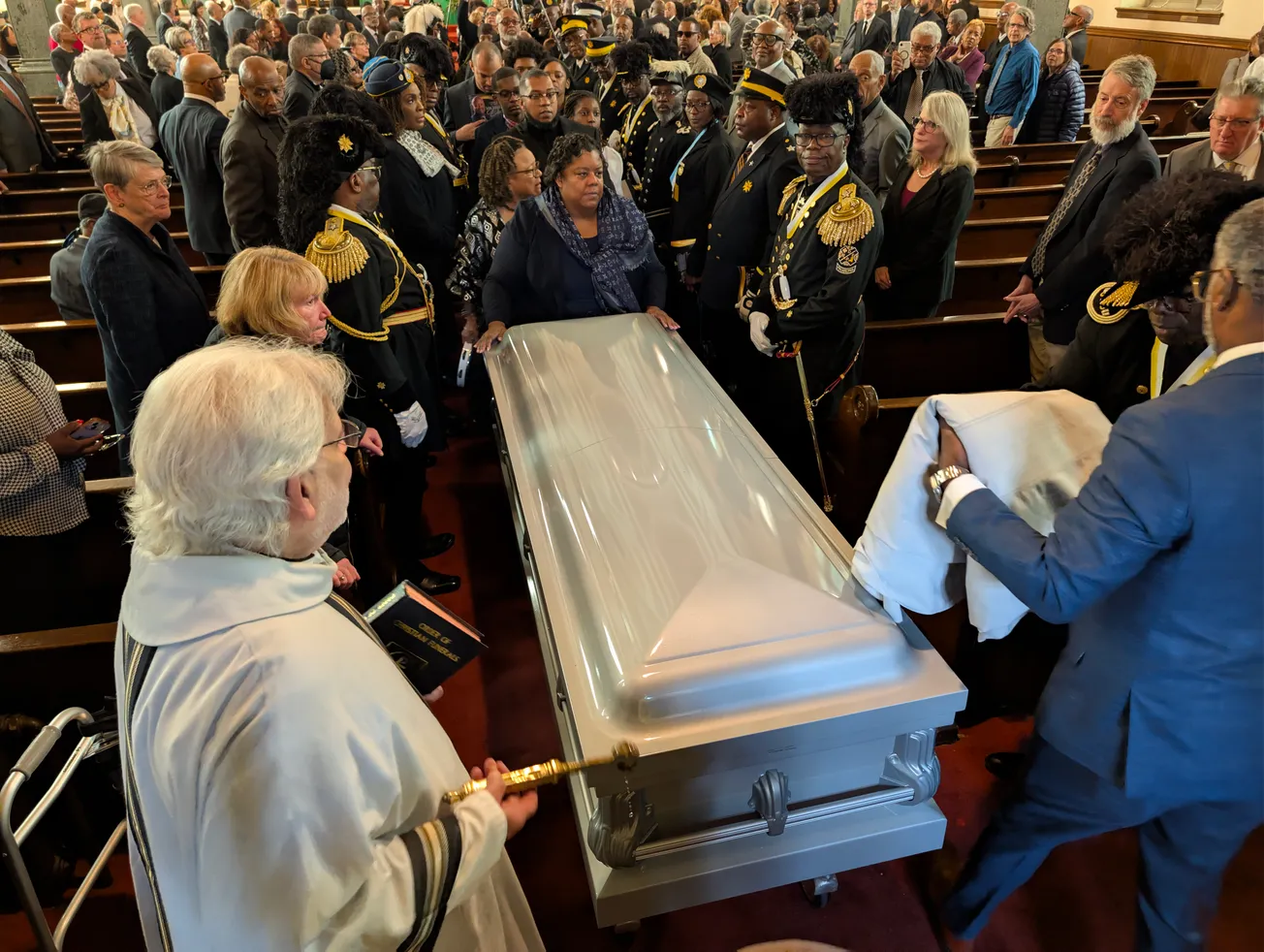An international conference this month in Italy will celebrate the quincentennial of the birth of St. Benedict the Moor, the Afro-Italian Franciscan friar who is the patron saint of African Americans.
“Slavery and Black Sanctity: 500 Years since the Birth of Benedict the Moor” is scheduled for Oct. 23-24 in Palermo, where the saint—also known as Benedict the African or Benedict the Black—served as a religious brother and local superior at the Convent of Santa Maria di Gesù near the foot of Monte Grifone.
“Benedict is the symbol of a global history capable of interconnecting the universalism of the Catholic Church, the fervent dynamism of the Franciscan missionaries, the international trade in African slaves, their spiritual needs, and the pressing usefulness of their associations,” reads a press release for the event.
The conference, which features roughly 20 scholars and religious leaders from Europe and North America, comes at a pivotal moment in the history of devotion to the saint, whose relics were nearly destroyed just over a year ago.
The 2023 Italian wildfires, which reached the Sicilian wilderness near the Santa Maria di Gesù convent, destroyed most of the major shrine housing his remains there, leaving only his skull and some charred remnants of his body. A team of professionals have since worked to restore them, completing their work earlier this year.
Benedict, who was named the city’s patron 50 years before even being beatified, was honored with a procession and celebration to mark the return of his relics to public devotion in July, at the Palermo Cathedral with Archbishop Corrado Lorefice.
Sicilbanca, a local financial institution that helped finance the restoration, is also sponsoring this month’s academic conference, alongside the Pontifical Theological Faculty of Sicily, the Order of Friars Minor in Sicily, the University of Palermo, and the Sicana Foundation.
Reliquie di San Benedetto il Moro restaurate da Sicilbanca. Danneggiate a seguito dell'incendio di Monte Grifone a Palermo #ANSA https://t.co/oXDUHO31rS
— Ansa Sicilia (@AnsaSicilia) September 2, 2024
Born to formerly enslaved Afro-Sicilians in San Fratello either in 1524 or 1526, Benedict was freed at birth and became a member of the Order of Friars Minor in his early twenties. He went on to serve as a cook, novice master, and local superior, and died at the age of 65 in 1589. He was buried in a large tomb financed by King Philip III of Spain, and devotion to him quickly grew, with a confraternity formed under his name by enslaved Africans in Portugal as early as 1609.
In Palermo, Benedict is revered as a local hero and is seen in local religious and civic artwork throughout the city. His feast day, April 4, is a major celebration there, while a liturgical octave is dedicated to his memory in his hometown of San Fratello each year from Sept. 9-17. A third celebration, in Acquedolci, takes place annually on the first Sunday in August.
Following the spread of his cult to the Western Hemisphere via the transatlantic slave trade, Benedict was canonized in 1807 by Pope Pius VII and his body was found to be incorrupt. After being named the patron saint of African Americans, he became the namesake of numerous historically Black Catholic parishes, schools, and other ministries in the United States.
The first day of this month’s conference on his impact will take place at the Great Hall of the Pontifical Theological Faculty in Palermo, while Thursday's events will be held in the Palazzo Chiaramonte-Steri. Dr. Giovanna Fiume serves as director of the event, and salutatory introductions on Wednesday will include remarks from Roberto Lagalla, the mayor of Palermo.
In an announcement for the conference, Fiume spoke of devotion to Benedict as an outworking of the history of slavery as well as the presence of Christianized slaves in the New World, where the recognition of Black holiness remains a complicated topic in the Church.
“The brotherhoods organized by African slaves, whose contingent reached increasingly significant numbers between the 17th and 18th centuries, attracted by the strong demand for labor in the mines, plantations and domestic service, dedicated altars to him and celebrated annual festivals with stylistic modules influenced by African culture,” she said.
“From the altars, an enslaved Black-skinned man indicates a model of sanctity centered on humility, obedience, and love between classes and races in a context of harsh exploitation and slavery.”
Nate Tinner-Williams is co-founder and editor of Black Catholic Messenger.










